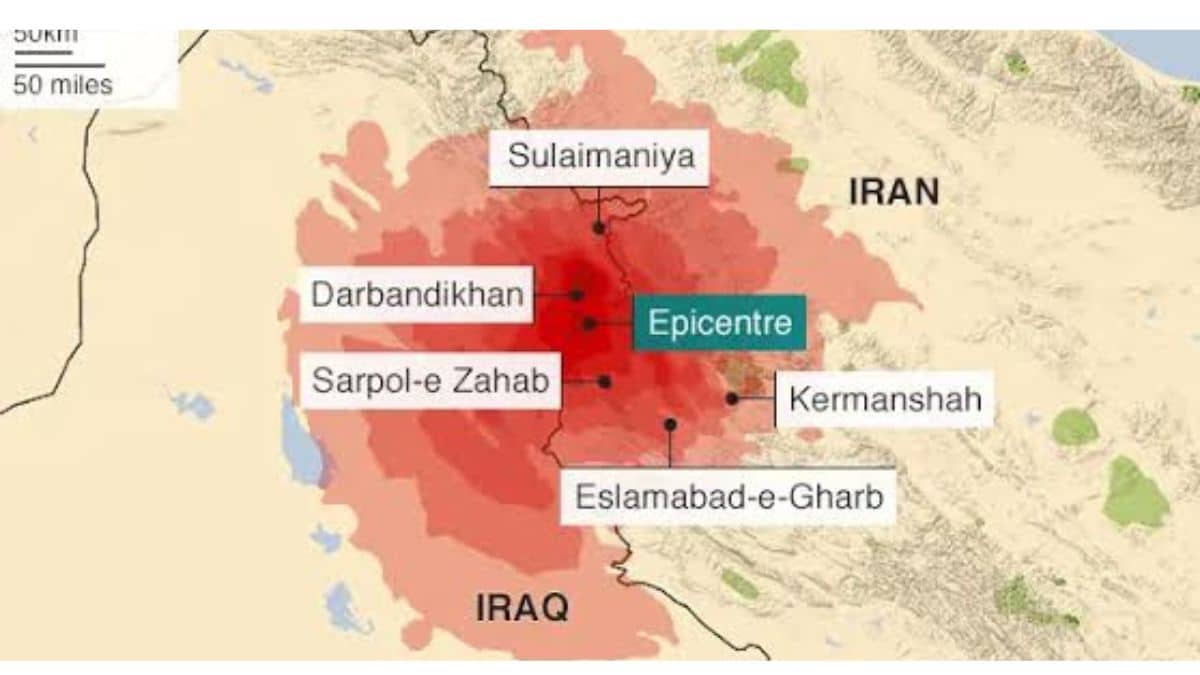 Image credit - BBC
Image credit - BBC
A moderate earthquake measuring 4.6 on the Richter scale struck Iraq, sparking concerns among the local population. The earthquake, although moderate in magnitude, was felt across various regions, prompting immediate responses from emergency services and local authorities.
The earthquake registered a magnitude of 4.6, considered moderate but capable of causing damage depending on various factors like depth and proximity to populated areas. The exact epicenter and depth are currently being assessed by seismological experts. The tremor was felt in several regions, including major cities and rural areas. Residents reported shaking buildings and minor structural damage in some places. Initial assessments indicate that the earthquake’s impact was more pronounced in older buildings and poorly constructed structures.
Local authorities are conducting thorough inspections to assess the extent of the damage and to ensure the safety of residents. Emergency services are on high alert, coordinating with disaster response teams to address any immediate needs and provide support where necessary.
Seismologists describe this event as a moderate quake, capable of causing disruptions but typically less destructive than higher magnitude earthquakes. Nevertheless, the impact on daily life and infrastructure, particularly in vulnerable areas, has been noticeable. Residents are advised to remain vigilant and check for potential hazards such as gas leaks and damaged electrical systems.
This earthquake serves as a reminder of Iraq’s seismic activity, particularly in the northern regions. Authorities are emphasizing the importance of earthquake preparedness and response, urging residents to review their safety plans and stay informed through official updates.
The moderate earthquake measuring 4.6 on the Richter scale that hit Iraq has highlighted the need for preparedness and swift response to seismic events. While the immediate impact appears manageable, ongoing monitoring and readiness are crucial to ensure the safety and well-being of the population.
